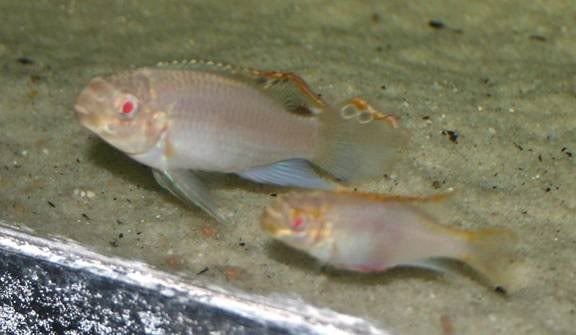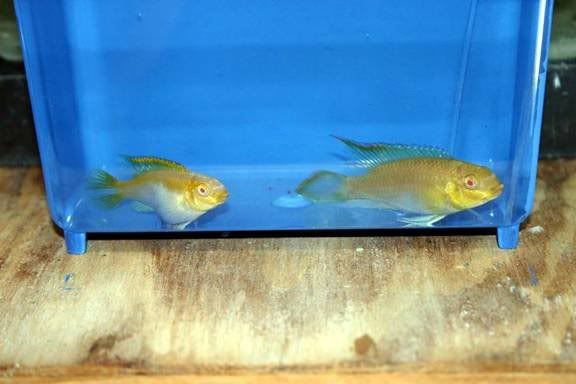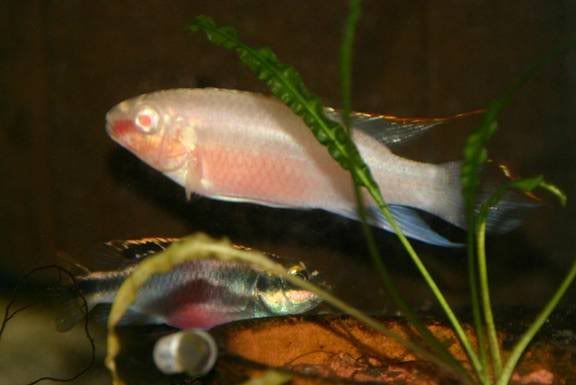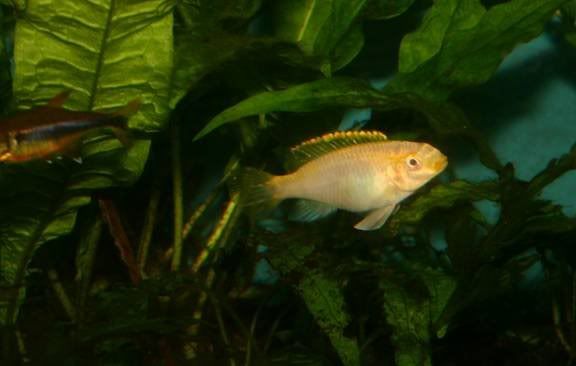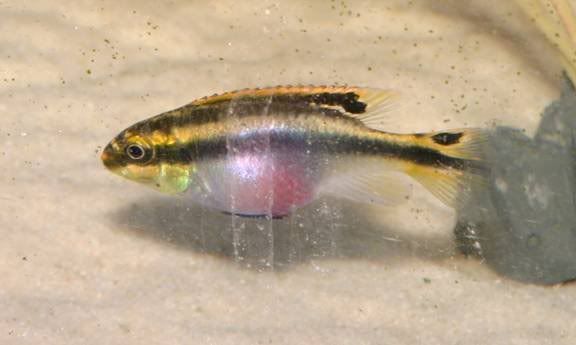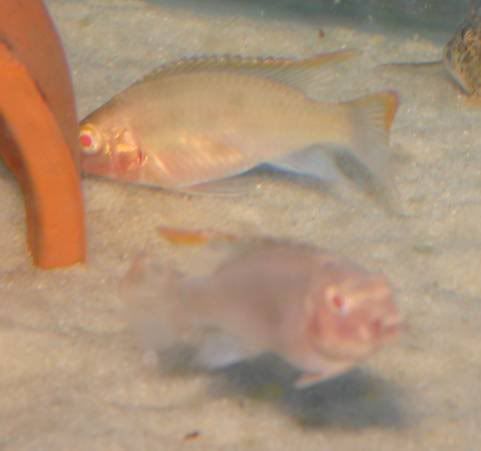- Messages
- 2,822
- Location
- Stoughton, WI
Jim... the only wild P. pulcher I have had were exported from the Lagos, Nigeria, area. My understanding is that the fish are very common in the area and the collectors do not go far afield for them. Plus, the only other unique variety listed by location that I know of from Nigeria is the population at Isokpo, which is in the Cross River system. It is unique because it is further upstream from the Niger River than the Lagos area populations. I think that the red in the the fish you are calling 'Nigeria Red' is due to individual variability. I have had a few dozen wild kribs and some expressed more red than others. Is the color associated with a specific population? Maybe... but unless someone goes into the Lagos area with a net to find out we will never know.
